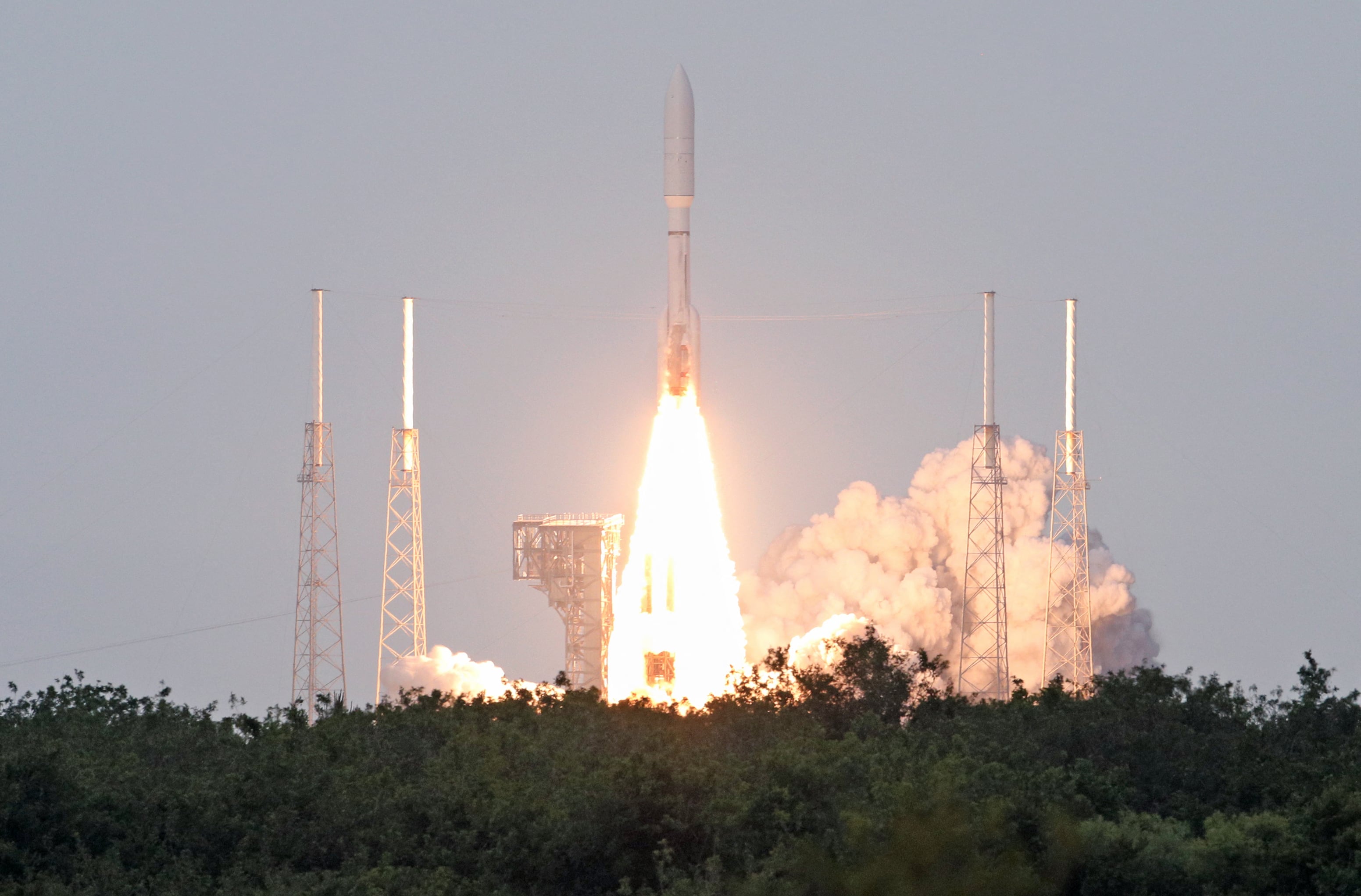FORT MYER, Va. — The U.S. Army is leaving behind what it formally recognizes as “capability sets” for an approach to upgrading networking gear multiple generals said is more fluid and applicable to the service’s 2030 and 2040 goals.
As the Army prepares for potential widespread conflict in the Indo-Pacific, against China, or in Europe, against Russia, it is placing increasing emphasis on the division, a formation of some 15,000 soldiers and firepower capable of sustained fighting and maintenance.
With that shift — away from brigades, a 20-year linchpin in the U.S. crusade against terrorism — come questions of technological relevancy, digital complexity and connectivity.
“Prior to this, you would have heard us talking about capability sets. But that’s really a brigade-centric process,” Maj. Gen. Anthony Potts, the program executive officer for command, control and communications-tactical, or PEO C3T, told reporters May 4 at an event at Fort Myer, Virginia. “So, what we’re going to move to is the ‘division as a unit of action network design.’”
That overarching design will require months of deliberation and real-world experimentation to define. It will serve as an anchor, a foundation, to which upgraded materiel is rigged and then deployed.
“We realized it’s not really about new, shiny objects anymore,” Potts said of the move away from capability sets, batches of equipment, known as the integrated tactical network, tailored to infantry and armor alike. “It is now about how do you architect the network for the division as a unit of action. And we realized we had to think differently about it.”
The capability set venture kicked off in fiscal 2021, with additional milestones in 2023, 2025, 2027 and beyond. The stepwise approach, featuring a mix of commercial, off-the-shelf tech and specialized military tools, was often likened to Apple’s iPhone strategy: newer, better hardware and software rolled out on the heels of the latest release. Capability Set 25 would have been the first to inherently focus on the division.
The new method should have kit in the hands of soldiers as soon as 2024, with faster turnarounds and tighter groups of improvements promised.
Rainey’s guidance
Motivating the pivot is guidance from Army Futures Command and its latest leader, Gen. James Rainey. Network modernization is one of six priorities for the service as it transitions to multi-domain operations and contends with communication environments compromised by advanced adversaries. Other urgent matters include improved air-and-missile defense and an overhaul of the aging aviation fleet, known as future vertical lift.
“He said we have to have assured voice communications between commanders, we have to have a common operating picture, focusing on the ‘common,’ and then we have to have digital fires,” Maj. Gen. Jeth Rey, the Network Cross-Functional Team director, said Thursday.
“As we pivoted to the division as the unit of action, the questions kept coming,” he continued. “We all came to the conclusion that we needed a better — a different — approach in order to iterate on getting the equipment into the hands of soldiers a little faster.”
Both Potts and Rey emphasized the acquisition rigor of capability sets will remain intact; while the moniker may have changed, the underlying goal has not.

“We’re still going to do the technical exchange meetings, we’re still going to do the whitepapers,” Potts said. “We’re still going to be looking for the technologies, those emerging technologies, that will help enable the capabilities, that help enable the architectures that we need to build. We’re still going to get people involved in these things.”
PEO C3T and the Network Cross-Functional Team meet with defense industry representatives in Philadelphia this month. The changes will be discussed, according to Potts and Rey. Rainey is scheduled to speak at the get-together May 25.
The Futures Command boss in February said the Army must focus on “transformation.” In March, he said the service plans to spend roughly the next two years finalizing key decisions on what its future formational design will look like in the 2040s, Defense News reported.
“2040 seems like a long way away,” Rainey said at the time, at a conference in Alabama, “but I believe we have about an 18- to 24-month window that we need to pursue with a sense of urgency to figure out what’s going to be different, what’s the operating environment going to look like. Not to get it right, but to make sure we don’t get it really wrong and to be in a better position than whoever we’re fighting.”
Colin Demarest was a reporter at C4ISRNET, where he covered military networks, cyber and IT. Colin had previously covered the Department of Energy and its National Nuclear Security Administration — namely Cold War cleanup and nuclear weapons development — for a daily newspaper in South Carolina. Colin is also an award-winning photographer.








